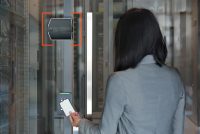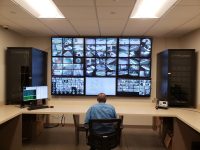13 Questions and Answers About OSHA’s New COVID-19 Vaccination Standard
Here is the skinny on the Occupational Safety and Health Administration’s (OSHA) much-anticipated emergency temporary standard (ETS) on COVID-19 vaccinations for large employers. Released on November 4, the policy requirements take effect December 5 and must be fully implemented by January 4, 2022. What Large Employers Need to Know Who is covered? The ETS covers all […]











